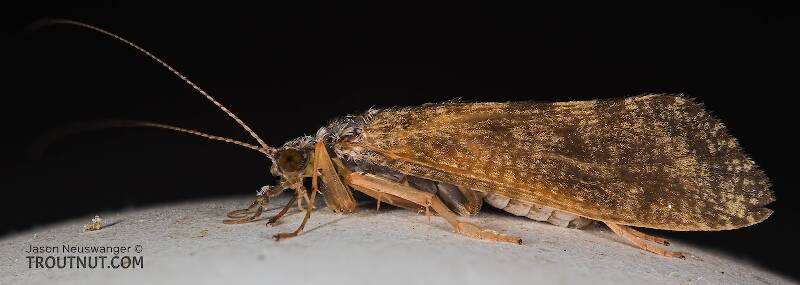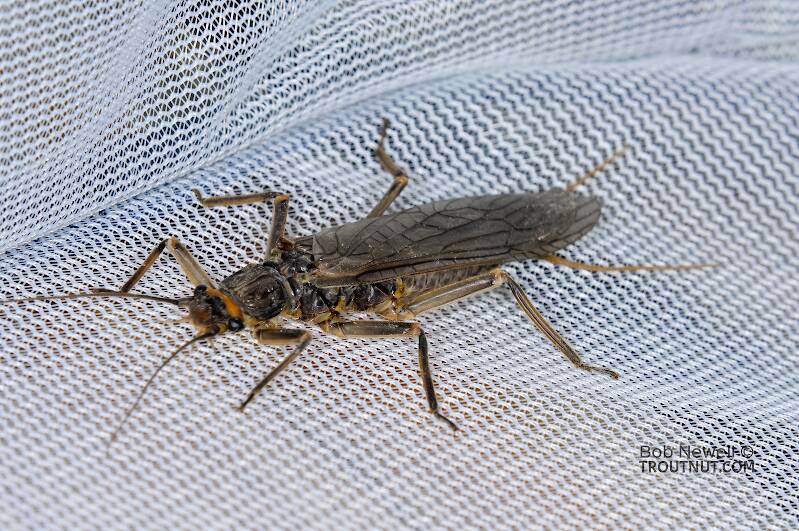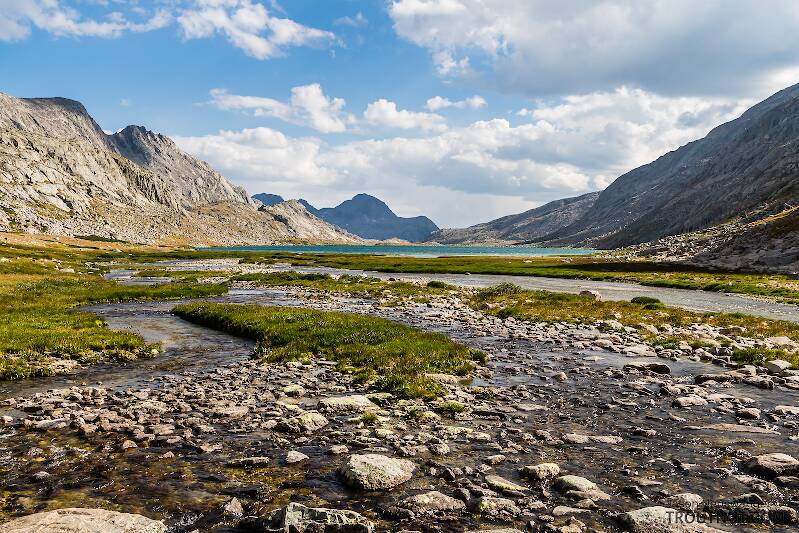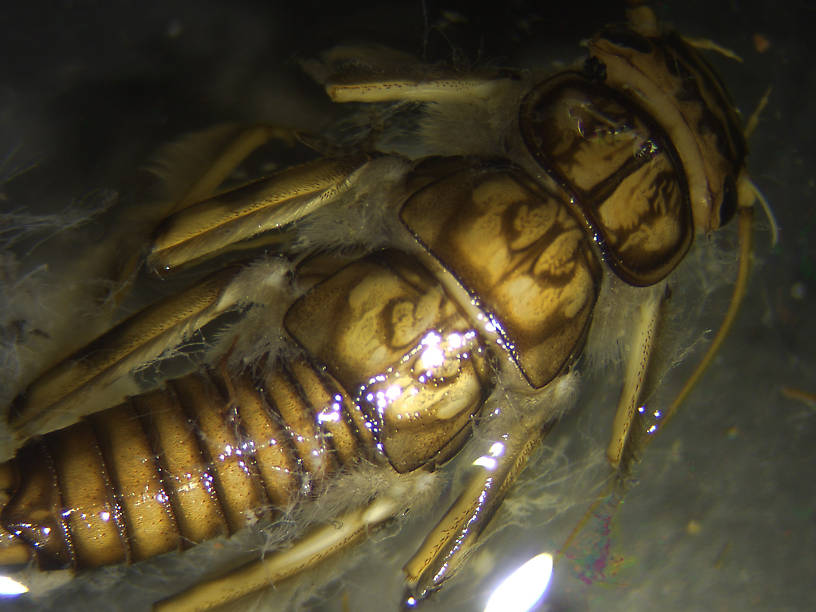
Blue-winged Olives
Baetis
Tiny Baetis mayflies are perhaps the most commonly encountered and imitated by anglers on all American trout streams due to their great abundance, widespread distribution, and trout-friendly emergence habits.
Featured on the forum


Troutnut is a project started in 2003 by salmonid ecologist Jason "Troutnut" Neuswanger to help anglers and
fly tyers unabashedly embrace the entomological side of the sport. Learn more about Troutnut or
support the project for an enhanced experience here.
Shortwing Stoneflies
This common name refers to only one species. Click its scientific name to learn more.
Stonefly Species Claassenia sabulosa
These are sometimes called Shortwing Stoneflies.
Claassenia sabulosa is the only species in an exclusively western genus. It is also the West's sole representitave in the subfamily Perlinae. Overall, its the least important species among the common western Perlidae . But it is paradoxically the most important at the time of its greatest activity. This is because it is primarily a late Summer/Fall emerger that can be found as late as October in many locations, long after the hatches of its siblings have been relegated to memory.
No other aquatic insect rivals them for size and sheer calorie content during the time of year when they are on the water. The only other truly large aquatic insects that even come close at this time of year are Dicosmoecus caddis, though they usually hatch later. While approaching in wing length, the caddis doesn't come close in body mass. The angler fortunate to come across a major flight of these critters in the fall is apt to have tremendous action as the trout prepare for winter by feeding ravenously.
No other aquatic insect rivals them for size and sheer calorie content during the time of year when they are on the water. The only other truly large aquatic insects that even come close at this time of year are Dicosmoecus caddis, though they usually hatch later. While approaching in wing length, the caddis doesn't come close in body mass. The angler fortunate to come across a major flight of these critters in the fall is apt to have tremendous action as the trout prepare for winter by feeding ravenously.

I think this is one of the most poorly understood of the golden stoneflies. It is rare to see any articles about it or fishing the hatch. It emerges late in summer usually on medium to large rivers.The adults are quite secretive but it is something to see the adults run across the water surface. These guys can really run. The males have short wings.The females are up to 1 1/4 inch long rivaling the salmonfly as the largest adult stonefly in the west.The adults are not real golden in color, especially the females which are more of an off yellow to off white abdomen. In handling the adults it is obvious that they shun direct sunlight. I find them by turning over rocks close to the water's edge.
See 4 more specimens...


